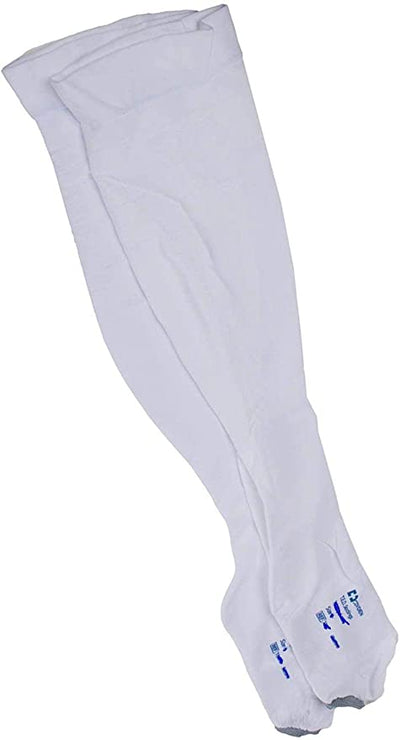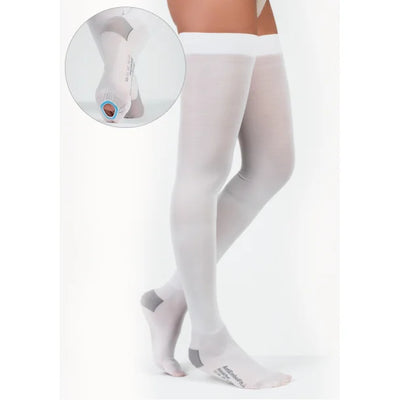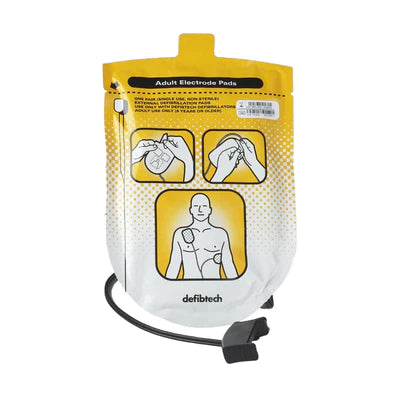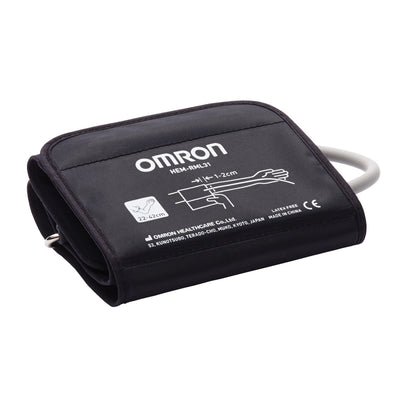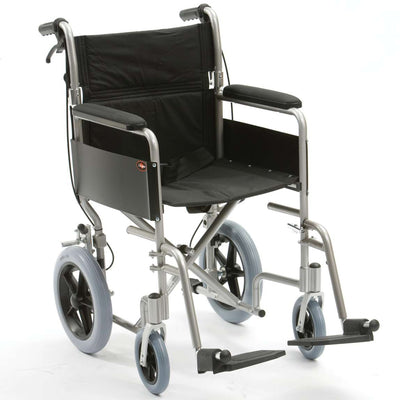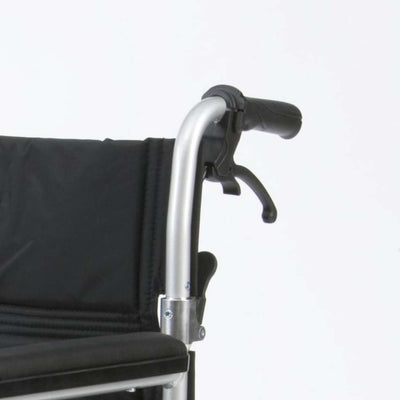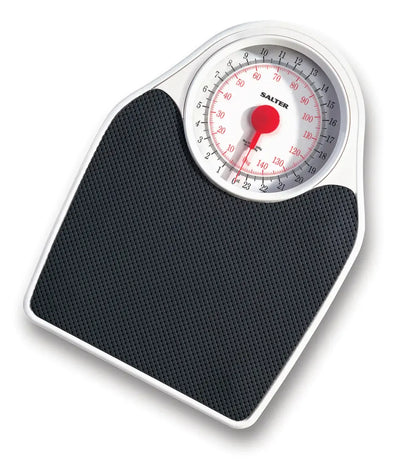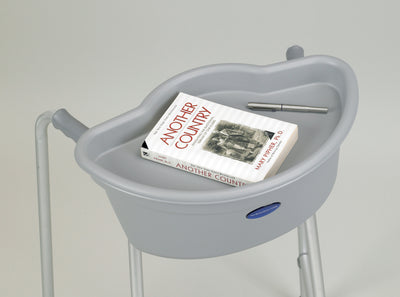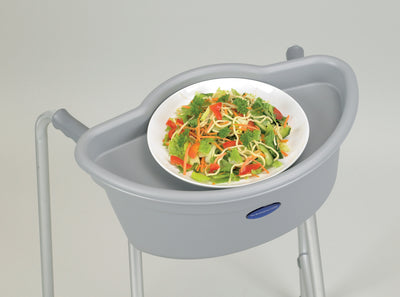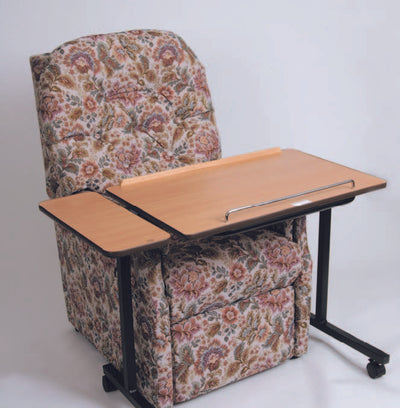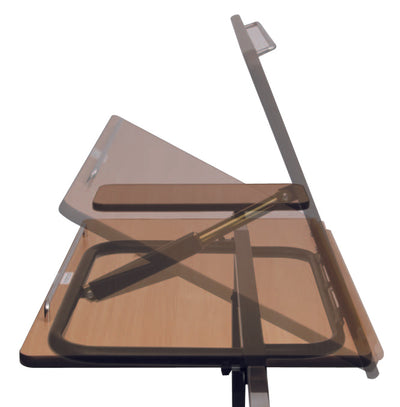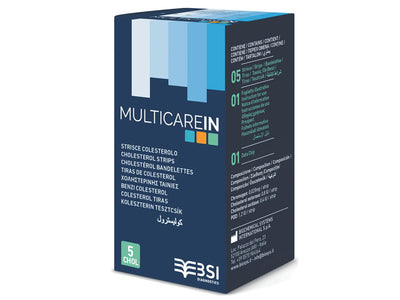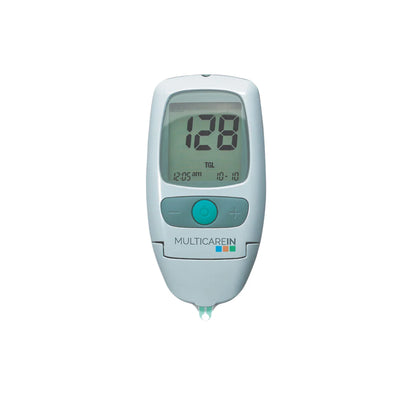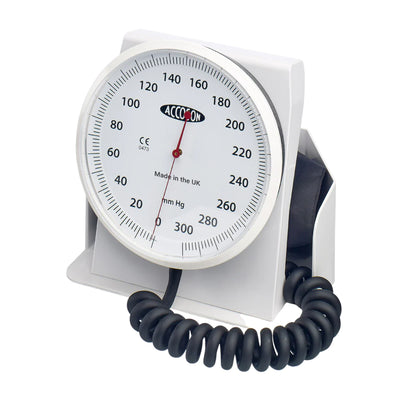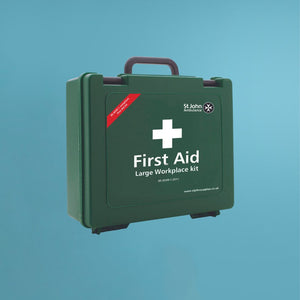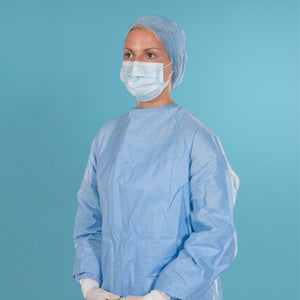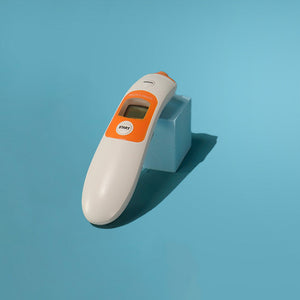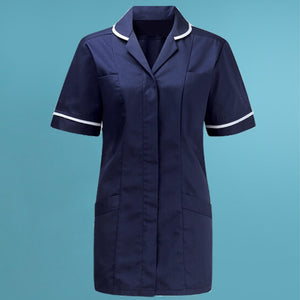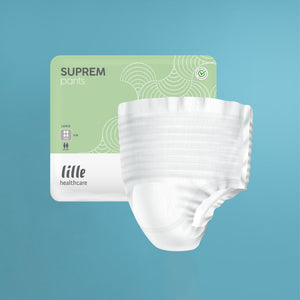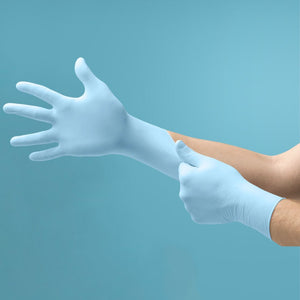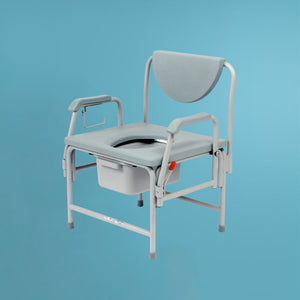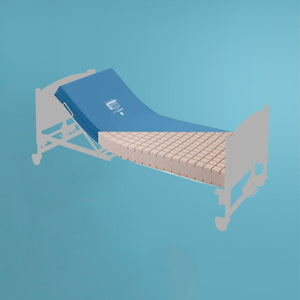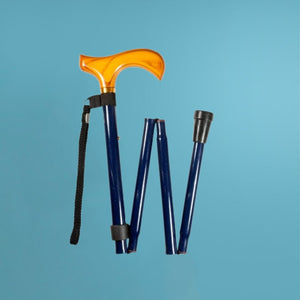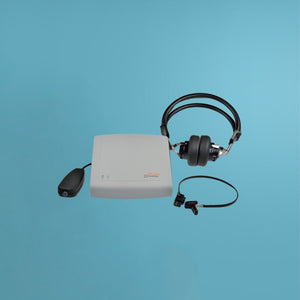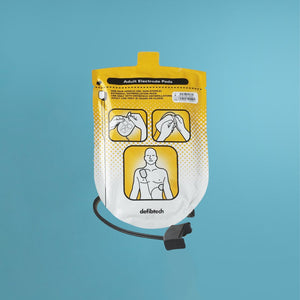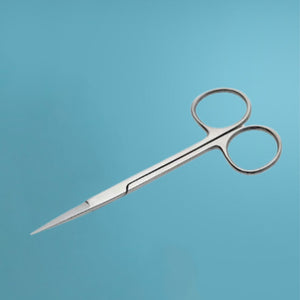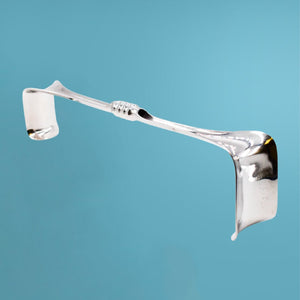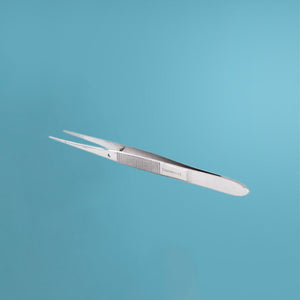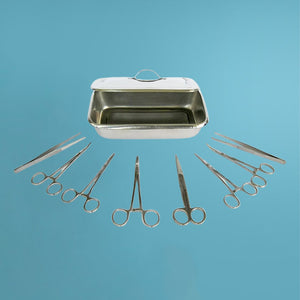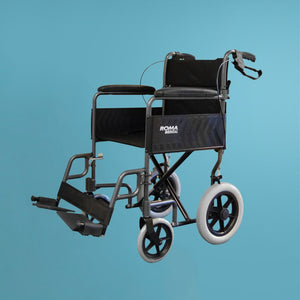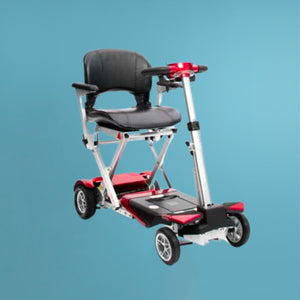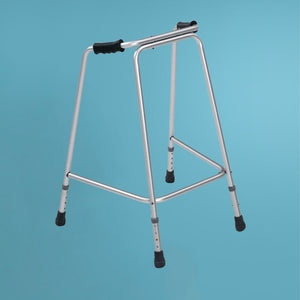Blogs
In the dynamic world of COVID-19, staying informed and united is our best defense against shared challenges.
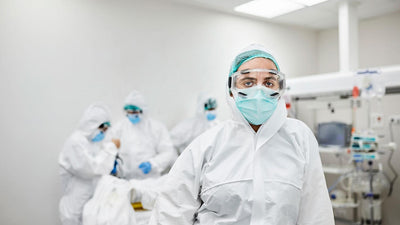
The Crucial Role of Covid PPE in UK Care Homes
12.02.2024
Personal Protective Equipment (PPE) has become synonymous with the safety and protection of both residents and care workers in healthcare environments and care homes.
Elderly residents, often with underlying health conditions, are particularly vulnerable to infections, so preventing the spread of germs and viruses, including the covid 19 virus, must be a daily priority in nursing homes and care homes.
The place of PPE in Care Homes
The term PPE covers a wide range of protective and disposable gear, but in the care home setting the most common PPE includes disposable masks, gloves, aprons, gowns, and face shields.
These items, if used correctly, perform a critical role in preventing the spread of infections including respiratory illnesses and viruses like covid-19.
Caring for a Patient with Covid-19
There are currently UK Government guidelines for caring for someone with Covid-19 (or suspected) in a care home setting. These recommend that if you’re providing personal care or performing general cleaning duties in the same room as the patient, you should wear the following PPE:
mask (single-use fluid-repellent surgical mask type IIR)
eye protection
apron (disposable plastic)
gloves (disposable)
For other tasks when within 2m of the care recipient, you should wear a mask (single-use fluid repellent surgical mask type IIR) and eye protection. If a risk assessment identifies you’re likely to come into contact with blood and/or body fluids, you should wear disposable gloves and an apron.
Using PPE Safely
you should remove and discard all items of PPE when leaving someone’s home (domiciliary care)
when providing direct personal care, moving from one individual to the next in the same setting, you must change your apron and gloves
gloves and aprons also need to be changed between different tasks on the same person - for example, helping a person to use the toilet and helping the same person to have a drink
clean your hands before putting on and after removing your PPE
you should not touch your face mask or eye protection unless it is to put it on or remove it
masks and eye protection used while providing care for people with suspected or confirmed COVID-19 should be removed on leaving the room or cohort area
make sure that your face mask always covers your mouth, nose and chin
do not dangle your face mask from your ear, and do not keep your eye protection around your neck or on top of your head
Re-Using PPE Safely
gloves, surgical face masks and aprons should always be single use and must be disposed of and replaced after use
do not re-use PPE items unless they are clearly marked as re-usable
re-usable items such as eye protection must be cleaned according to manufacturer’s instructions or according to local infection prevention and control protocol
PPE in care homes is most effective when used alongside a commitment of safeguarding the most vulnerable members of our community. By fostering a culture of safety, and proper use of PPE, care homes in the UK can navigate the challenges of healthcare with confidence and compassion.
Learn More Now
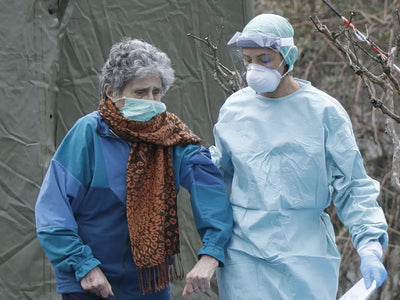
Should We Wear Face Masks to Avoid Covid This Winter 2023
12.12.2023
With the slow rise of covid-19 cases across the globe there are questions being asked about whether we might consider re-introducing PPE face masks while out and about in public.
So let’s take a look at whether wearing face masks should still be a consideration for us this coming winter.
Are Face Masks still a requirement in the UK?
In the UK there are currently no legal regulations requiring the wearing of face masks in shops, on public transport or in public buildings.
Some care homes, hospitals and medical centres are still requesting that visitors wear a face mask to protect vulnerable, at-risk patients.
Are Face Masks Effective Against Covid?
We know that the covid-19 virus is primarily transmitted through the air. It is exhaled through respiratory droplets during coughing, sneezing, singing, talking and breathing. These droplets are then inhaled by someone else, who is then at risk of developing the virus.
Wearing a face mask can prevent many of these droplets from being expelled into the air, and then being subsequently inhaled.
If a mask is worn correctly it can, along with other virus prevention methods, act as an effective barrier to the spread of the covid-19 virus.
When should I wear a face mask?
Currently if you are planning to visit a clinical or care environment, for example if you are visiting someone in a care home or you have a hospital appointment, you should check beforehand if you are required to wear a face mask to protect yourself and others.
If you are experiencing symptoms of covid-19 and you must go out into a public environment, then you should absolutely consider wearing a face mask to prevent spreading the disease.
In most other circumstances it is entirely a personal choice whether to wear a face mask or not. However, as the numbers of infected people continue to rise as the winter goes on, it might become more pressing or a great priority for people to start wearing masks in public again.
If you are in any way concerned that you will be in a crowded area with little ventilation, or you might be at close contact with people who are vulnerable, both science and sense would suggest that wearing a face mask would be the right option for now. The fact remains that the risk of contracting (or spreading) covid vastly increases if you are in a crowded, indoor space.
What type of Face Mask should I wear?
A simple, disposable face mask is perfectly effective for the majority of people to wear. Also known as a disposable surgical mask, it is layered and filters out large air particles and water droplets to protect the wearer and those around them.
An FFP3 face mask is a surgical grade mask that offers greater protection because it filters out both large and small particles when the wearer inhales. It is also disposable and should be safely disposed of after wearing.
Cloth face masks can also provide a level of protection, but must be layered and preferably made of tightly woven cotton. They must also be properly washed after each wear.
How to get the most from your mask
Your mask works best if it fits your face closely and has no gaps around the edges. This helps air and breath move through the mask, not around the edges.
You should feel warm air going out the front of the mask when you breathe out. You shouldn't feel your breath coming out under the edges of the mask.
Use masks that have bendable nose strips, as these help prevent air from leaking out of the top of the mask.
Layers of material offer more protection.
Masks are not perfect barriers to transmission, but if we continue to observe general health measures such as hand washing, at-home covid testing, physical distancing when required and vaccinations when eligible we can help to reduce the spread of the disease this winter.
Learn More Now

How to Test for Covid at Home in 2023
24.10.2023
Cases of covid-19 have been steadily increasing since the end of August this year and, with new covid variants Pirola and Eris in circulation, those numbers are expected to stay on the up.
While the figures are not expected to reach those of the height of the pandemic, we should still be doing what we can to prevent the spread of the infection. And that means testing.
Rules on Covid Testing
Currently, according to UK Government advice, home testing for covid-19 is no longer a requirement. If you have symptoms (and do test positive), there is also no necessity for you to self-isolate.
However, using a home testing kit to determine whether your symptoms are caused by the covid-19 virus will help to keep the spread of coronavirus at bay.
How do We Test for Covid 19?
Routine PCR testing has ended for the majority of people in the UK. However, you can still use an at-home, lateral flow, home testing kit to establish if you have covid or not.
But you can pick up a cheap covid testing kit online very easily and it’s a good idea to keep some in store for the upcoming winter ahead.
Check any covid test kits you have at home
If you have any covid test kits that have been sitting around for a while be careful to check their best before dates as they could provide a false negative.
There is also concern that older antigen test kids were designed to detect the original Wuhan strain of covid. So do make sure you use an up to date lateral flow test if you’re concerned about covid symptoms this winter.
How to use a home covid test kit
Wash your hands thoroughly with warm water and soap for at least 30 seconds.
Most tests contain three main items: a collection swab, a test strip and a small vial of liquid. - - Place them all on a clean surface.
Open the test strip and place it on a clean surface
Open the vial liquid and set it in its upright holder
Now open the collection swab and insert it into each nostril, rotating five times against the inner wall. You should insert the swab ½ to ¾ of an inch into the nostrils.
Insert the swab into the vial of liquid and stir. Squeeze the sides of the vial as you pull it out. This is very important to make sure everything collected on it is transferred into the liquid.
Using the dropper cap on the vial, squeeze the liquid onto the collection are of the testing strip
Wait for the required time on the instructions (usually 10-15 minutes). Do not disturb the testing strip during this time
You will see a C and a T marker on the test strip and as the timer ticks a line will start to show at the C marker to show that the test has been valid. If you see no C line, you will need to start again with a new test kit.
If you see a line at the T marker (no matter how faint it might be), this is a positive test result indicating that you most likely have covid-19.
Need more help? We can supply your household, workplace or clinical setting with cheap covid testing kits, face masks and PPE for quick online delivery.
Do take a look at our other blogs on how to stay covid-free this winter 2023.
Learn More Now
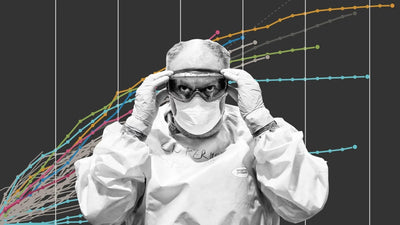
Stay Covid-Free in Autumn and Winter 2023
06.02.2024
The darkest days of the covid pandemic are hopefully behind us, but we are still living with the virus in our communities and many people remain vulnerable to the effects of covid-19.
Hospital admissions in the UK are slowly increasing as Autumn and Winter approach and new covid virus strains have been detected.
So what can we do to protect ourselves and stay covid-free throughout the autumn and winter to come?
New Covid-19 variant and symptoms
Two new covid variants called Pirola and Eris have been detected in Autumn 2023. Although cases do remain relatively low compared to the height of the pandemic, the strains are spreading and cases are slowly on the increase.
Symptoms of the new covid variant are:
a high temperature or shivering (chills) – a high temperature means you feel hot to touch on your chest or back (you do not need to measure your temperature)
a new, continuous cough – this means coughing a lot for more than an hour, or 3 or more coughing episodes in 24 hours
a loss or change to your sense of smell or taste
shortness of breath
feeling tired or exhausted
an aching body
a headache
a sore throat
a blocked or runny nose
loss of appetite
diarrhoea
feeling sick or being sick.
Many of these are also symptoms of other illnesses such as flu and colds but if you have one or more of these symptoms it’s advisable that you take a covid test.
Covid home testing
The best way to know if you have Covid is to take a lateral flow test. These are no longer free, but you can order a lateral flow covid test kit online. It might be advisable to order a box of lateral flow covid test kits to have to hand for the upcoming flu season.
Check out our blog on how to properly take a covid test at home.
What are the latest rules in 2023 if you test positive for Covid?
If you test positive for covid-19 there are currently no legal requirements for you to self-isolate. However, the NHS guidelines are that you should try to stay at home and avoid contact with others for 5 days. Children are advised to stay at home for 3 days as young people tend to be infectious for a shorter period of time.
If you do need to leave home while you have Covid, the Government website suggests you take the following precautions to minimise the risk of infecting others:
wear a well-fitting face covering or a face mask
avoid crowded or enclosed spaces such as public transport, large social gatherings and enclosed or poorly ventilated spaces
exercise outdoors and away from others
always remember good hand and respiratory hygiene.
Covid Vaccinations and Boosters
The mass vaccination programmes for covid that happened during the height of the pandemic have now been scaled down and will be focussed on giving vaccines to the most vulnerable in the community.
The UK’s vaccination programme for Autumn/Winter 2023, as it stands, will offer one dose to everyone aged 65 and over, residents in care homes for the elderly, anyone aged 6 months and over in a clinical risk group and health and social care staff. It is expected that vaccinations for under 18’s will be available later in the year.
Over 20 million people are expected to be eligible for a covid vaccination booster this winter in the UK. The COVID-19 vaccine will reduce the chance of you becoming severely unwell from COVID-19 this winter.
General Advice for Staying Covid-Free
Face masks - while there are no current legal requirements for the wearing of face masks on public transport, healthcare settings or public buildings, it would be good practice to continue wearing a facemask if you are concerned about the spread of the virus.
Also, if you are experiencing symptoms of covid (or any flu-like symptoms) and you do have to go out you should wear a face mask to prevent spreading your own germs to others.
Hand Hygiene - the basic rules of good hygiene include regular hand and surface cleaning with soap or something like surface disinfectant wipes. Germs and viruses can easily be transferred from surface to surface via your hands.
Wash your hands with soap and water or use hand sanitiser regularly throughout the day. You should wash your hands after coughing, sneezing and blowing your nose and before you eat or handle food. Wash your hands after coming into contact with surfaces touched by many others, such as handles, handrails and light switches, and shared areas such as kitchens and bathrooms.
Finally
Covid-19 is still spreading and it still has the ability to make people very unwell. Help protect your friends, family, and local community by following sensible covid-19 precautions like these, as well as ensuring you have taken up all invitations for vaccination if you are eligible.
Learn More Now
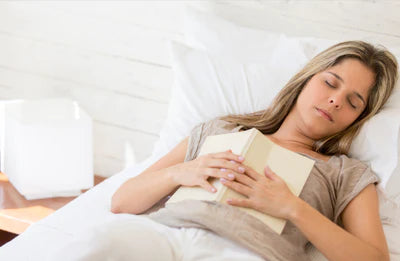
Am I suffering from 'long-covid'?
06.02.2024
With Covid-19, and its various strains, continuing to rage its way across the globe the medical community is beginning to recognise that there are some often serious, longer term effects of contracting the virus. While for many Covid-19 sufferers the infection and its symptoms will last for just a few days, it’s becoming clear that for others those symptoms can continue for many months afterwards, leaving them with some unexpected and undesirable long-term conditions.
Known as ‘long-COVID’, it has been estimated that 1 in 4 people who have contracted the virus will suffer from longer term, post-COVID complications and symptoms.
When does Covid become Long-Covid?
Recovery from Covid-19 is different for everybody but according to the NHS website, many people feel better in a few days or weeks with most people making a full recovery within 12 weeks. But, for some, those symptoms can last longer and if you’re still suffering symptoms after 3 months, it is likely you are experiencing ‘long-covid’.
The chances of having long-covid don’t appear to be related to how ill you are when you first contract coronavirus, so it is very possible to experience long-term problems after initially having had only very mild covid symptoms.
What are the symptoms of Long-covid?
There is no medical definition or definitive list of symptoms connected with Long-Covid but one of the most common symptoms being reported is crippling fatigue, with some patients being left exhausted after just a short walk or mild physical exertion.
Others symptoms include: breathlessness, a cough that won't go away, joint pain, muscle aches, hearing and eyesight problems, headaches, loss of smell and taste, unexplained rashes or sores as well as damage to the heart, lungs, kidneys and gut.
Other more serious symptoms, including organ malfunctions and depression, could plague sufferers for months after initial infection.
What treatment can I get?
If you are finding that you’re not recovering from the virus as quickly as you might expect (say 4 or 5 weeks after the initial virus), then you should contact your GP for more advice.
The NHS has a very useful "Your Covid Recovery Plan" with advice and suggestions for how to carry on with personal treatment and rest at home, or when to seek further assistance from your GP or even a hospital setting. It also provides links to help with your employment rights and how you might begin to return to work.
The recovery plan recommends following the rule of "three Ps" in order to slowly recoup energy after having the virus:
Pace yourself so you don't push yourself too hard, and make sure you have plenty of rest
Plan your days so your most tiring activities are spread out across the week
Prioritise - think about what you need to do and what can be put off
Your GP may wish to see you for a blood test, chest X-Ray and possibly heart monitoring to find out more about your symptoms and to rule out any other causes.
The symptoms of long-covid could be having a big impact on your life and if they are severe enough to be preventing you from working or living a normal life you might be referred to a specialist rehabilitation service for longer term care and support.
Need more support? We're always here to help.
For all your Medical and Homecare supplies give us a call at Mediworld.
We have over 40 years experience in medical, surgical and home health supplies and we're always on hand to chat if you need support or advice. Follow us on Twitter and Facebook.
Learn More Now
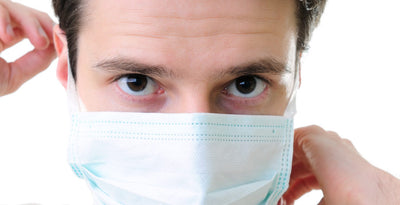
Can We Stop Wearing Face Masks? Learn About it Here
26.09.2023
What does wearing a face mask do?
The benefits of wearing a mask are undeniable, and it has proven protective effects against infections. There are, however, other possible hazards and adverse effects that demand consideration. This especially refers to usage among the general public.
Wear a mask to protect yourself and others
By lowering the possibility of spreading viruses, wearing a high-quality mask coupled with immunization, self-testing, and physical separation can help protect you and others.
Help not spread your illness
This is why the CDC and the World Health Organization advise wearing a mask even if you feel in good health (WHO). It's one approach to lessen the risk of unintentionally infecting others, especially those who are more likely to get very sick if exposed to any kind of virus.
When can we all ditch the masks?
When everyone is vaccinated
The research found at St. Jude's Hospital in Memphis, Tennessee that healthcare workers who received two doses of the Pfizer vaccine were 75% less likely to have asymptomatic infections. These findings served as the basis for the US CDC's decision to drop the mask mandate in the United States. These findings further implied that those who have received a COVID-19vaccination and did not exhibit any signs of sickness were considerably less likely to spread COVID-19 unknowingly and other viruses.
When the face masks restrictions are lifted
Due to the difficulties in determining whether a person who is not wearing a mask has actually received a vaccination or if they are simply tired of wearing them, it may ultimately be simpler in many areas to lift mask restrictions for everyone or none of the population depending on vaccination rates and virus risk in a population.
If you are unsure about your surroundings, it is better to wear a mask for your safety and for everyone else around you.
Some Nations Who Stopped Wearing Face Masks
Israel was the first nation to revoke the requirement for face masks in April 2021 after achieving low rates of symptomatic COVID-19 sickness. Approximately 70% of Israeli citizens have received vaccinations.
New Zealand has been commended from the beginning for its quick and successful response to the pandemic. The New Zealand government stopped the spread of COVID-19 among its population via non-pharmaceutical measures like tracking, tracing, and isolation of cases.
South Africa is mask-free. In the recent government gazette, South Africa's health minister Joe Phaahla lifted all of the nation's remaining coronavirus-related restrictions including the wearing of masks, restrictions on gathering sizes, and border inspections for COVID-19.
As of writing, some nations have also lifted the wearing of face masks outdoors but when indoors it is often still mandatory to wear a face mask. However, it is not too late to work on lifting the mandatory face mask law if everyone is cooperating with the vaccinations and other health measures.
Are we ready to ditch face masks?
Pandemics can be scary and ditching face masks is a personal choice, but taking a few simple steps can help to protect yourself and your family. Get vaccinated against seasonal flu, wash your hands frequently, and stay at home if you’re sick. These simple steps can help to protect you from the threat of the pandemic flu and keep you healthy this flu season.
What should you do if you are not wearing a mask after coughing or sneezing?
The CDC advises using a tissue to cover the mouth and nose when coughing or sneezing when not wearing a mask, and to use the inside of the elbow if none are available. After any cough or sneeze, good hand hygiene is advised.
What are the materials for making masks for the coronavirus disease?
Three layers of fabric should be used to create fabric masks:
Cotton or another absorbent material forms the inner layer.
Non-woven, non-absorbent material in the middle, like polypropylene.
Non-absorbent outer layer is made of polyester or a polyester blend.
Visit Mediworld to find the best medical face mask for your needs!
Learn More Now
